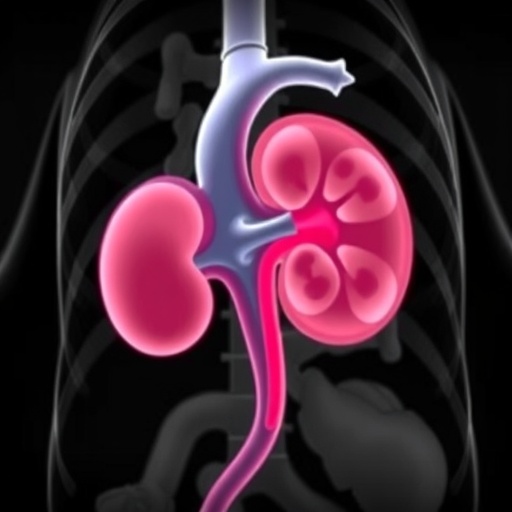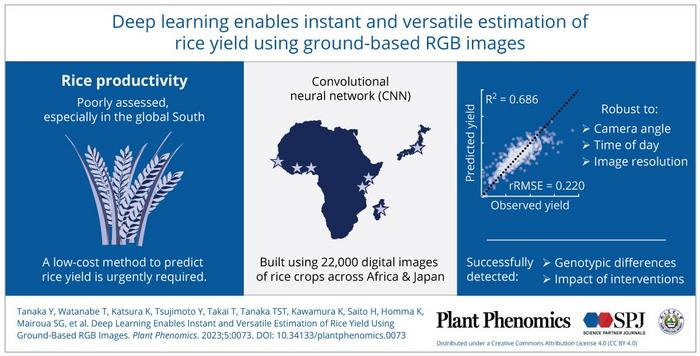Gift cards offered as financial incentives helped to increase viral suppression in human immunodeficiency virus (HIV)-positive patients in a community-based clinical trial in New York and Washington, D.C., two communities severely affected by HIV, according to a study published by JAMA Internal Medicine.
Antiretroviral therapy that results in viral suppression can reduce HIV-related morbidity and the risk of HIV transmission. However, gaps in the HIV care continuum can impede realization of those benefits and financial incentives may have the potential to help close those gaps.
Wafaa El-Sadr, of the Mailman School of Public Health at Columbia University, New York, and coauthors conducted a clinical trial in the two cities at 37 HIV test sites and 39 HIV care sites that offered financial incentives or standard of care.
Researchers evaluated the effectiveness of financial incentives on linkage to care (defined as the proportion of HIV-positive individuals at the test site linked to care within three months) and viral suppression in HIV-positive patients (defined as the proportion of established patients at HIV care sites with a suppressed viral load less than 400 copies/mL and assessed quarterly).
The financial incentives offered were:
- A coupon redeemable within three months for two cash-equivalent gift cards ($25 for getting blood drawn for HIV-related tests and $100 for meeting with a clinician and developing a care plan) for individuals who tested HIV-positive at a financial incentive test site.
- A $70 gift card for suppressed plasma viral load (HIV RNA less than 400 copies/mL) once every three months in HIV-positive patients receiving antiretroviral therapy at a financial incentive care site and engaged in care there.
There were 1,061 coupons given out for linkage to care at 18 financial incentive test sites and 39,359 gift cards given to 9,641 HIV-positive patients eligible for them at 17 financial incentive care sites.
The study found financial incentives increased viral suppression but didn't increase linkage to care.
The average overall viral suppression at baseline was 62 percent and increased during the study at both financial incentive and standard of care sites. However, the overall proportion of patients with viral suppression was 3.8 percent higher at financial incentive care sites than at sites offering standard of care. Also, the proportion of virally suppressed patients who weren't previously consistently virally suppressed was 4.9 percent higher at financial incentive care sites, according to the results.
The authors note using financial incentives to motivate behaviors remains controversial and they took steps to prevent untoward consequences, including consulting with the study's community advisory group about the appropriate value of the financial incentives. The authors also nacknowledge some study limitations.
"In conclusion, while our findings offer an innovative intervention for achieving the treatment and prevention potential of antiretroviral therapy, a strategy that offers great promise for control of HIV in the United States and globally, more research is needed to determine how such an intervention can be implemented in programs and at scale," the article concludes.
###
For more details and to read the full study, please visit the For The Media website.
(doi:10.1001/jamainternmed.2017.2158)
Editor's Note: The article contains funding/support and conflict of interest disclosures. Please see the article for more information, including other authors, author contributions and affiliations, financial disclosures, funding and support, etc.
To place an electronic embedded link in your story: Links will be live at the embargo time: http://jamanetwork.com/journals/jamainternalmedicine/fullarticle/10.1001/jamainternmed.2017.2158
Media Contact
Stephanie Berger
[email protected]
@JAMA_current
http://www.jamamedia.org
############
Story Source: Materials provided by Scienmag





